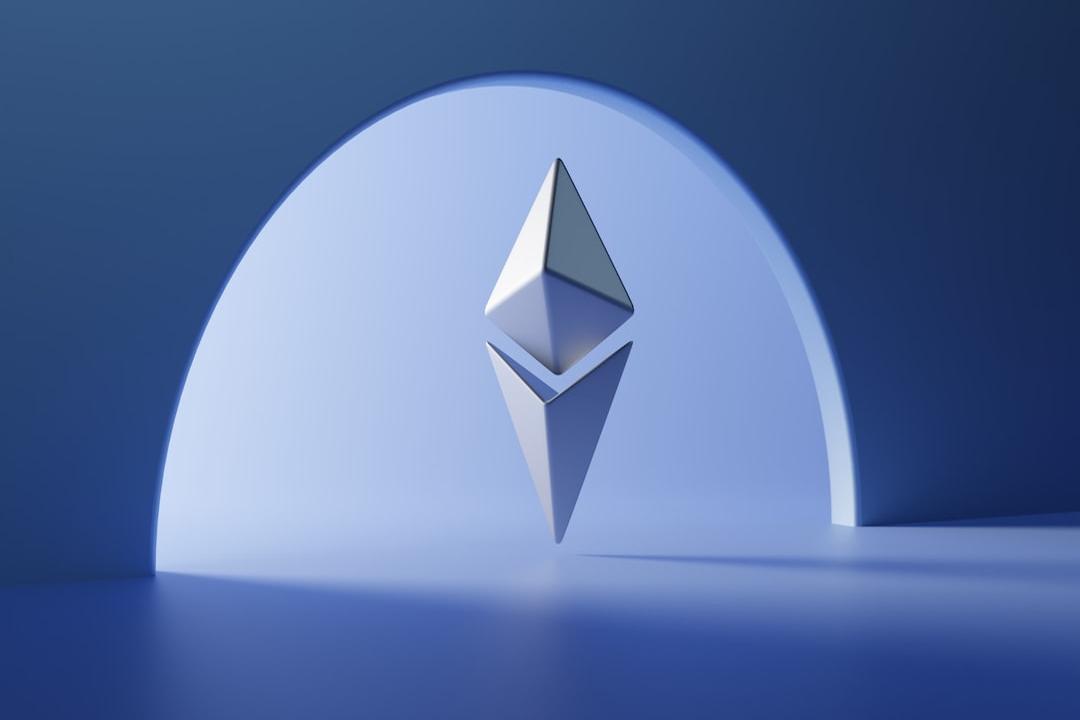Interpreting the Rollups Strategy: Why do mainstream Layer2 solutions not decentralize sequencers? Why is the introduction of Stack an effective solution?
Why don’t existing Layer2 Rollups like Arbitrum, Optimism, zkSync, and Starknet open source and decentralize their important Sequencer? It’s not a technical issue, but rather a matter of interests, according to crypto researcher Haotian.
Table of Contents
Toggle
Development Strategy for Centralized Sequencers in Layer2
Background: Sequencer in Rollups
What Problems Does Centralized Sequencing Cause?
Decentralizing the Sequencer: Technically Simple but Difficult to Relinquish Power
Compromise Solution: Sharing Trust Assumptions in Multi-Layer2 Ecosystem Strategy
Project Strategy from the Perspective of Sequencer Decentralization
Most mainstream Layer2 solutions in the Ethereum ecosystem outsource the computational requirements of smart contracts to external servers. These external servers, both in terms of hardware and quantity, can typically provide better performance, allowing Layer2 networks to complete contract computations at a faster speed. Finally, the results (fraud proofs or zero-knowledge proofs) are submitted to Ethereum for settlement.
Extended Reading:
Celestia Mainnet Launch | Opportunities and Challenges for Modular Blockchain Future
Advertisement – Continue reading below




These servers are called Sequencers, responsible for accepting, sorting, calculating, and packaging transaction content, and uploading the necessary information to Ethereum. They play a role similar to Ethereum nodes.
Currently, mainstream Layer2 solutions such as Arbitrum, Optimism, zkSync, and Starknet use centralized Sequencers for network operation, considering the need for rapid iteration and security. The plan is to open up and decentralize them only when the technology matures.
On Ethereum, when users submit transactions to the Mempool, they need to wait for miners (Builders) to select and package blocks based on gas fees or their own rules. During this process, users’ transactions may be affected by Miner Extractable Value (MEV).
In theory, after receiving transaction information, the Sequencer in Layer2 will sort and package transactions fairly based on Nonce, reception time, gas fee prices, and other algorithmic factors. This will make Layer2 more secure and cheaper compared to Ethereum.
However, because the existing Sequencers are centralized, they have greater power, which introduces a lot of uncertainty about whether the Sequencer will behave maliciously, insert transactions, or engage in MEV activities. This creates a greater possibility of the “Dark Forest” compared to Ethereum.
There are two main reasons why Layer2 projects are currently not willing to open source and decentralize their Sequencers:
Security Concerns: The Sequencer is a core component of Layer2. If a decentralized Sequencer is adopted from the beginning, there will be a higher risk of potential failures, which will affect user experience and hinder the early development of projects.
Interest Issues: When a project grows to a certain extent, transaction volume and accompanying profits will increase. By controlling the Sequencer, not only can the project control gas fee pricing, but it can also arbitrarily collect other hidden fees. Hence, teams are not willing to promote decentralization and give up their power.
The technology logic behind decentralizing the Sequencer is not difficult, but relinquishing power is the real challenge.
In practice, many Layer2 projects have already attempted to decentralize the Sequencer. For example, Metis has implemented a decentralized Sequencer network and uses POS token economics to ensure the normal operation of malicious nodes, achieving a “hard decentralization” of the Sequencer.
However, Haotian believes that although the current mainstream Rollup solutions use centralized Sequencers, they may still be trustworthy.
Arbitrum, Optimism, zkSync, and Starknet have all chosen to open their own network construction frameworks (Stacks), aiming to create a multi-network ecosystem and share critical technical components.
Arbitrum introduces Arbitrum Orbit
Optimism introduces OP Stack
zkSync introduces ZK Stack
Starknet introduces Starknet Stack
Extended Reading:
Arbitrum Orbit is ready to be released, triggering L3 ecosystem development?
By sharing the core Sequencer with others and creating a multi-chain framework, and then jointly governing the development of the Sequencer through multi-signature schemes and governance voting, a social consensus is achieved as a transitional phase before true decentralization of the Sequencer.
By attracting other projects to join the ecosystem, for example, OP Stack ecosystem includes not only OP Mainnet but also Base, opBNB, Zora, Mantle, Celo, Debank, and other well-known projects, the market’s trust in their Sequencer is increased, although it is not truly decentralized.
These software decentralized solutions require a certain level of trust in the project from the market in order to be implemented. Therefore, only mainstream Layer2 projects use this method.
Both software decentralization and hard decentralization are strategies to gain market trust through decentralization. The former is suitable for large projects that have already gained more market trust (and are not easily discarded), while the latter is suitable for small projects that have not received much market attention and are catching up with orthodox technology.
By understanding the differences in these technologies, it is easy to understand why Layer2 projects are slow to promote Sequencer decentralization and to see the calculations behind the network construction frameworks promoted by project teams. This helps make more accurate judgments and even predict trends in the crypto market and projects.
Layer2
MEV
Rollups
Sequencer
Decentralization


Further reading:
Near and EigenLayer Create Fast Settlement Layer SFFL for Layer2 Fast Communication
How will staking project EigenLayer change the Web3 infrastructure ecosystem?
